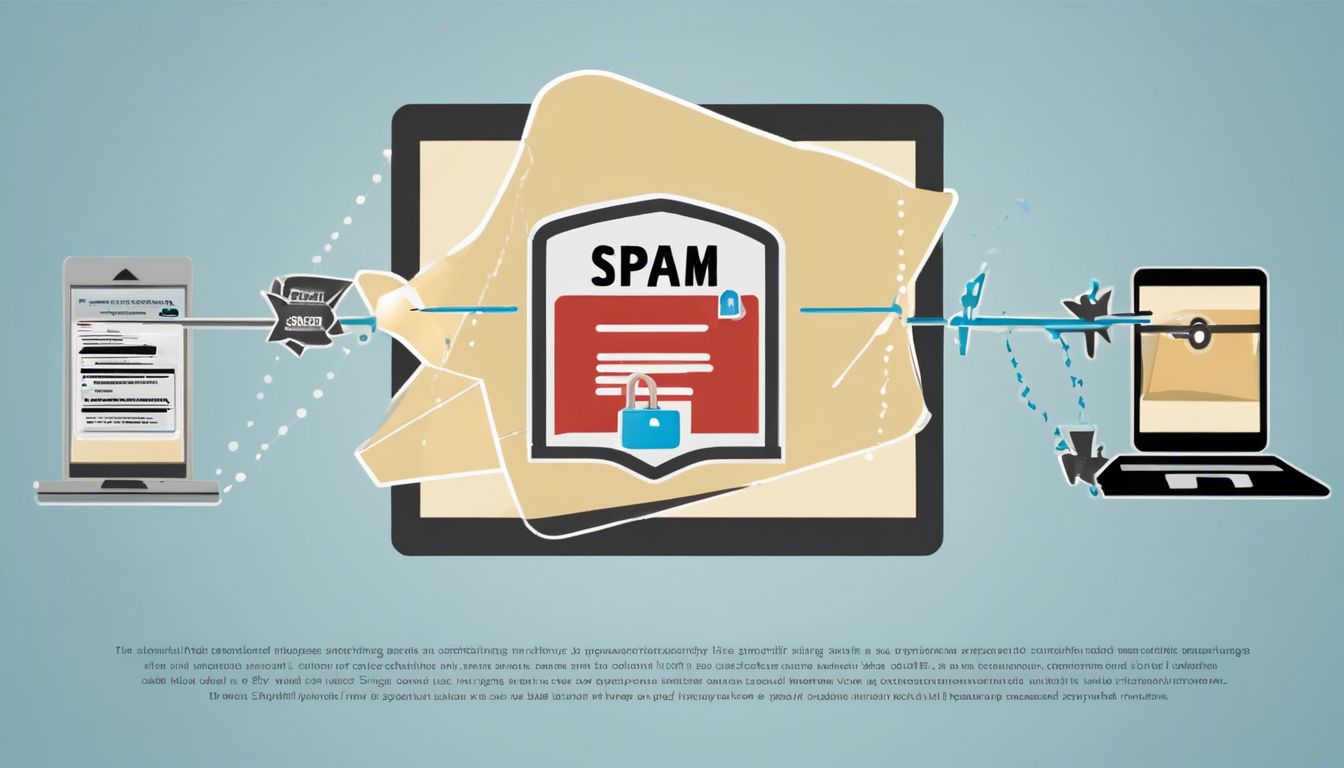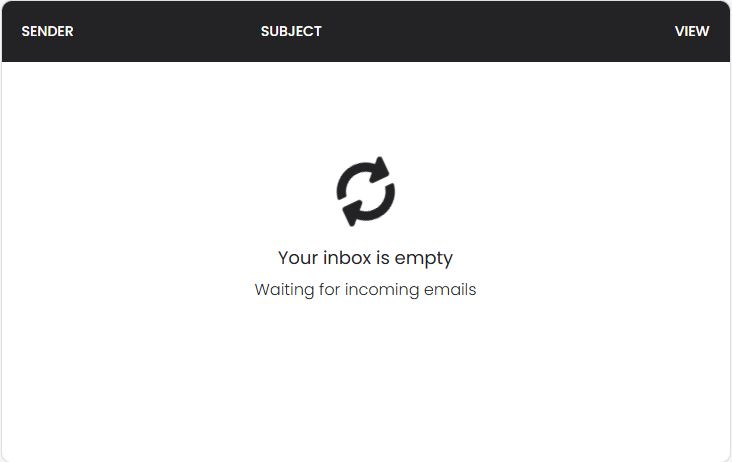The Evolution of SPAM: From its Origins to Today
By reestag.online
Introduction
SPAM, often referred to as unsolicited email or unwanted advertising, has been a persistent nuisance in the digital lives of individuals and organizations alike. What began as a simple annoyance has evolved into a sophisticated and ever-changing threat, leveraging advanced techniques to bypass filters and deceive users. From its humble beginnings in the 1970s to the complex phishing schemes and social engineering tactics of today, SPAM has remained a constant challenge in the digital world.
In this article, we’ll take a deep dive into the history and evolution of SPAM, exploring its origins, the techniques used by spammers, and the ongoing battle to combat it. We’ll also discuss the impact of SPAM on individuals and businesses, the anti-SPAM measures developed to counter it, and what the future holds in the fight against this digital plague.
1. The Origins of SPAM
The Birth of SPAM
The term “SPAM” traces its roots back to the 1970s, long before the internet became a household utility. It originated from a group of hackers who used the ARPANET mailing list to send mass unsolicited messages. ARPANET, the precursor to the modern internet, was primarily used by researchers and academics, making it an unlikely target for such activities. However, this early form of SPAM laid the groundwork for what would become a global issue.
The term itself is believed to have been inspired by a Monty Python sketch where the word “SPAM” is repeated incessantly, much like the relentless nature of unsolicited emails. By the 1990s, as the internet expanded and email became a mainstream communication tool, SPAM evolved into a widespread problem.
2. The Email Era
The Rise of Email SPAM
With the advent of email, spammers found a new and powerful medium to reach millions of users. In the 1990s, SPAM became synonymous with unsolicited emails promoting everything from dubious products to outright scams. Spammers began compiling lists of email addresses, often obtained illegally or purchased on the black market, to send bulk messages.
This era marked the beginning of the SPAM epidemic, as inboxes were flooded with unwanted messages. Users were bombarded with offers for miracle weight loss pills, get-rich-quick schemes, and counterfeit products. The sheer volume of SPAM became overwhelming, leading to frustration and a growing demand for solutions.
3. Evolution of SPAM Techniques
Adapting to New Challenges
As technology advanced, so did the techniques used by spammers. What started as simple text-based emails evolved into highly sophisticated campaigns designed to evade detection and deceive users. Here are some of the most notable SPAM techniques that have emerged over the years:
a) Content Obfuscation
Spammers began using creative methods to hide keywords and bypass anti-SPAM filters. This included inserting strange characters, using images instead of text, or embedding text within images. These tactics made it difficult for filters to detect SPAM based on keyword analysis alone.
b) Phishing
Phishing emails represent a significant evolution in SPAM techniques. Instead of simply promoting products, these emails impersonate legitimate entities such as banks, government agencies, or well-known companies. The goal is to trick recipients into revealing sensitive information like passwords, credit card numbers, or social security details.
c) SPIM and SPIT
As instant messaging and IP telephony gained popularity, spammers adapted their tactics to target these platforms. SPIM (Spam over Instant Messaging) and SPIT (Spam over Internet Telephony) became new avenues for unsolicited messages, further expanding the reach of SPAM.
4. Impact and Anti-SPAM Measures
The Consequences of SPAM
The impact of SPAM extends far beyond mere annoyance. It consumes valuable resources, spreads malware, and undermines trust in digital communication. For businesses, SPAM can harm reputation, reduce productivity, and increase IT costs. For individuals, it poses risks such as identity theft, financial loss, and exposure to malicious software.
Fighting Back: Anti-SPAM Measures
To combat the growing threat of SPAM, various measures have been developed and implemented. These include:
a) Anti-SPAM Filters
Email providers and security companies have developed advanced filters that analyze incoming messages for signs of SPAM. These filters use algorithms and machine learning to detect patterns, keywords, and behavioral indicators associated with SPAM. While highly effective, these filters are not perfect and can sometimes mislabel legitimate emails as SPAM.
b) Blacklists and Whitelists
Blacklists contain IP addresses or domains known to be sources of SPAM, allowing email providers to block or filter messages from these sources. Conversely, whitelists are used to ensure that messages from trusted senders are delivered without interruption.
c) Education and Awareness
One of the most effective ways to combat SPAM is through education. Users are encouraged to recognize suspicious emails, avoid clicking on unknown links, and refrain from providing personal information in response to unsolicited messages. Awareness campaigns have played a crucial role in reducing the success rate of SPAM and phishing attempts.
5. The Ongoing Battle
A Constant Arms Race
Despite significant advancements in anti-SPAM technology, spammers continue to adapt and refine their techniques. The rise of social media and messaging apps has provided new platforms for SPAM propagation, while advancements in artificial intelligence have enabled spammers to create more convincing and targeted campaigns.
On the other side, security companies and email providers are leveraging AI and machine learning to enhance their filters and stay ahead of spammers. The battle against SPAM is a constant arms race, with both sides continually evolving their strategies.
Conclusion
The Future of SPAM
The evolution of SPAM from its origins to the present day is a testament to the adaptability and persistence of spammers. While anti-SPAM measures have made significant strides in reducing the volume and impact of unsolicited emails, the fight is far from over.
As we move forward, it’s essential to stay informed and vigilant. By combining advanced technology, user education, and collaboration among service providers, we can continue to combat SPAM and protect the integrity of digital communication.
For more insights and tips on staying safe online, visit reestag.online.
Stay informed and protect your inbox from SPAM. Explore more at reestag.online!



